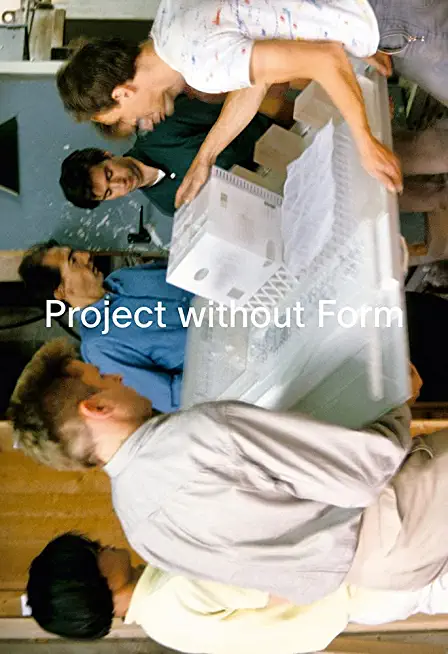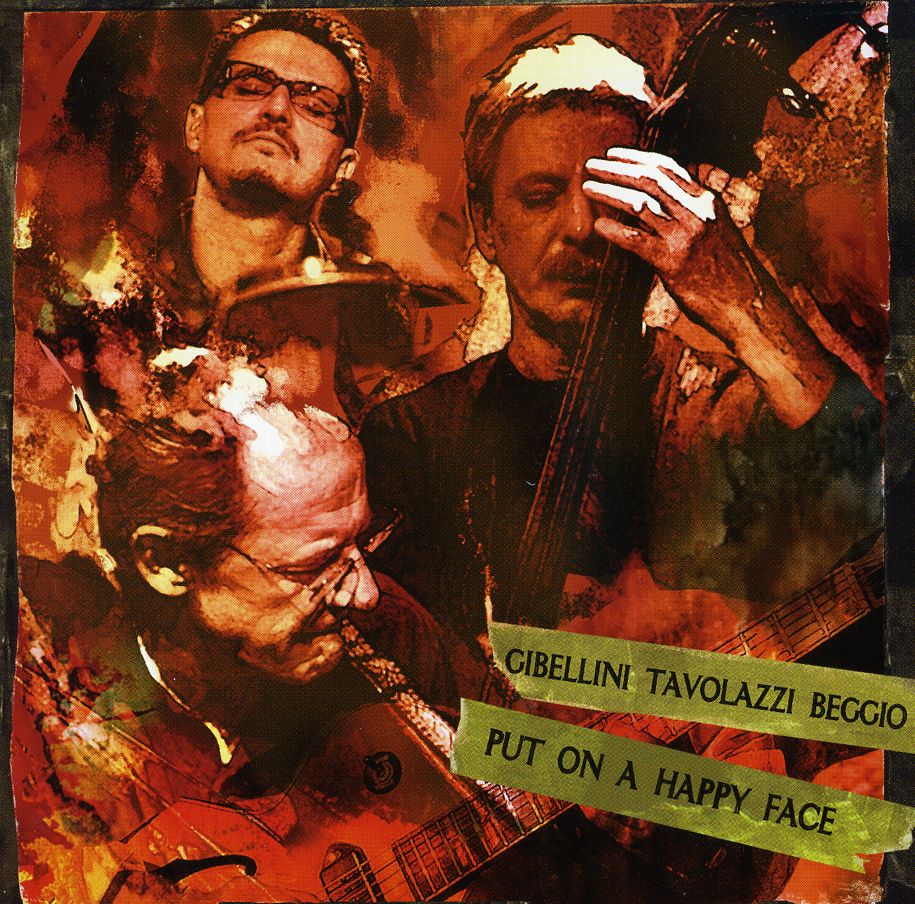
On a daring late-'80s experiment in form by Rem Koolhaas' Office for Metropolitan Architecture
In 1989, the Office for Metropolitan Architecture developed a new architectural typology helmed by the Dutch architecture firm's founder Rem Koolhaas (born 1944). The goal of this endeavor was to enact a "project without form" as part of an international competition to build a new national library in France. In the OMA laboratory in Rotterdam, experts from multiple different disciplines were able to work on this challenge at the same time. Within this experimental, multidisciplinary approach to design, the mechanisms of project development and knowledge acquisition merge into increasingly abstract systems of representation. The focus of the final design was the idea of the void, an absence of form: the solid square building would have gaps carved out of its exterior to represent the occasional rifts in memory inherent in human experience.
This volume presents the planning, progress and legacy of the project, drawing from interviews with various participants conducted by Holger Schurk. The publication illuminates the hybrid processes of production and representation as part of the development of OMA's design for the Très Grande Bibliothèque in Paris. These are documented in numerous previously unpublished sketches, drawings and photographs, as well as sequences of video stills.







